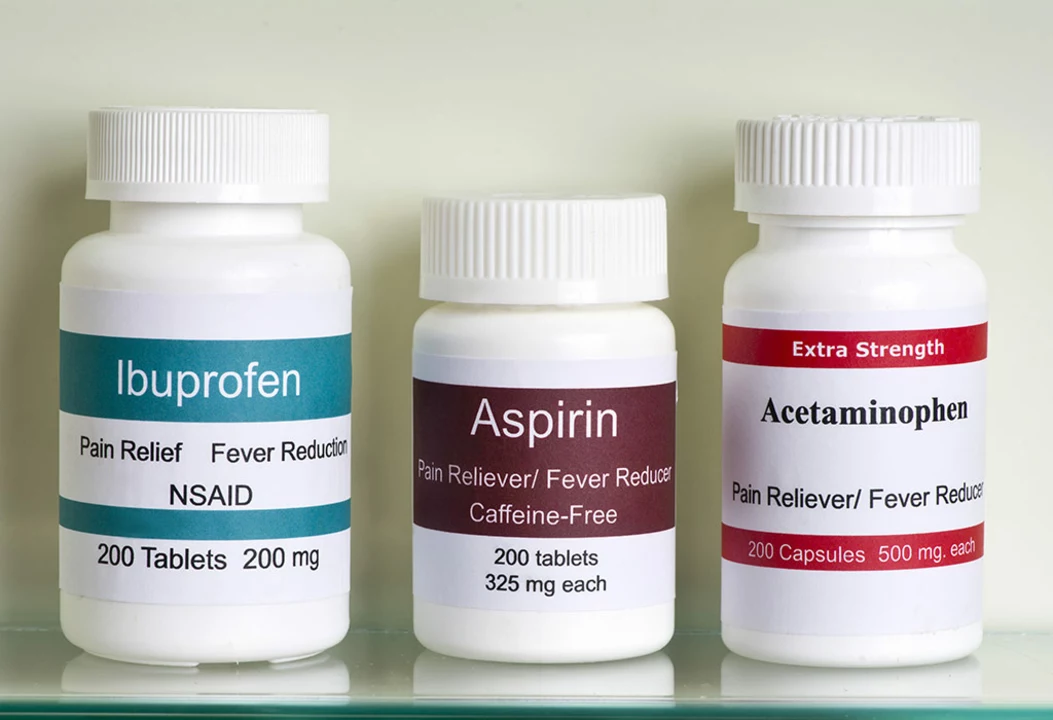Acetaminophen: What It Is, How to Use It, and Where to Buy Safely
If you’ve ever reached for a bottle of Tylenol or any generic pain reliever, you were holding acetaminophen. It’s the go‑to over‑the‑counter option for headaches, muscle aches, and fevers. The drug works by lowering your body’s temperature set point and blocking pain signals in the brain. That makes it useful for everyday discomfort without needing a prescription.
Before you pop a tablet, know the right dose. For adults, 500‑1000 mg every 4‑6 hours is standard, but never exceed 4000 mg in 24 hours. Kids get a much smaller amount based on weight—usually 10‑15 mg per kilogram of body weight per dose. If you’re unsure, the dosing chart on the package or a quick call to your pharmacist can clear things up.
Common Side Effects and When to Stop
Acetaminophen is generally gentle, but it isn’t free of risks. The most serious issue is liver damage, especially if you drink alcohol or take more than the recommended amount. Signs of trouble include nausea, dark urine, or yellowing skin. If any of these appear, stop using the drug and seek medical help right away.
Other mild side effects can be stomach upset or rash. They’re rare, but if a rash spreads quickly or you feel dizzy, treat it as an allergic reaction and get checked out. Remember that mixing acetaminophen with other meds that also contain it—like some cold formulas—can unintentionally push you over the limit.
Buying Acetaminophen Online: Tips for Getting Real Products
Ordering acetaminophen from an online pharmacy can save time, but only if the site is legit. Look for a licensed pharmacy that requires a prescription for higher‑strength versions and displays a physical address and contact number. Check for verification seals from recognized authorities—these usually appear in the footer of the website.
Read reviews from other buyers, but focus on detailed experiences about shipping speed and product quality rather than vague praise. If a price looks too good to be true, it probably is; counterfeit pills can contain harmful fillers. Stick with pharmacies that ship with tracking and offer a clear return policy.
Once your order arrives, inspect the packaging. Authentic bottles have clear labeling, batch numbers, and expiration dates. If anything feels off—misspelled words, blurry logos, or missing information—don’t use the medication and contact the seller for a refund.
In short, acetaminophen is a reliable ally for everyday pain and fever when you respect the dosage limits, watch for liver warnings, and buy from trusted sources. Keep these basics in mind, and you’ll stay safe while getting relief fast.

The potential link between acetaminophen and asthma
In recent years, researchers have been exploring the potential link between acetaminophen and asthma. As a blogger, I find this topic both intriguing and concerning, given the widespread use of acetaminophen as a common pain reliever. Some studies suggest that acetaminophen may increase the risk of developing asthma, especially in children. However, more research is needed to confirm these findings and understand the underlying mechanisms. Until then, it's important for us to stay informed and discuss any concerns with our healthcare providers.
Read More
Acetaminophen and breastfeeding: What new mothers should know
As a new mother, I understand how important it is to ensure the safety of my baby, especially when it comes to medications. One common pain reliever is acetaminophen, and many may wonder if it's safe to take while breastfeeding. Thankfully, studies have shown that acetaminophen is considered safe for breastfeeding mothers as it passes into breast milk in small amounts. However, it's still important to follow the recommended dosage and consult with your healthcare provider if you have any concerns. Overall, acetaminophen can be a reliable option for pain relief while breastfeeding, but it's always best to prioritize your baby's health and discuss any concerns with a professional.
Read More